Everyone who takes pictures, whether for fun or with the intention of becoming a professional photographer, has at some point pondered the question of whether or not film photography or digital photography is superior. If you are aware of the differences between the two, you will be able to put each one to use for what it does best.
In the end, this will result in images of a higher quality. Let’s take a look at the fundamental distinctions that exist between film and digital photography, as well as the benefits and drawbacks associated with using each type of medium.
COMPARISON OF DIGITAL VERSUS FILM DSLR
35mm photography
First things first, let’s have a look at photography with film. Let’s first differentiate the method of taking pictures with film from taking pictures with a digital camera before we look at the benefits and drawbacks of each.
FILM PHOTOGRAPHY DEFINITION
What exactly is photography done using film?
Film photography is the process of capturing photographs by exposing a small piece of plastic, which is more commonly known as film, to light in order to generate an image. When a roll of film is exposed to light, the plastic material on the roll is covered with silver halide crystals, which cause the plastic to darken. After the film has been exposed to light, it is taken to a dark room where it is treated with a variety of chemicals in order to develop the photograph into its final form.
- Film has the following advantages over digital photography:
- Higher dynamic range
- Initial costs that are less expensive
- Texture and warmth of the analog format
Advantages of using film in photography
Film photography is the primary media that was used at the beginning of the photographic art. Film photography, despite its advanced age, has managed to maintain its appeal among photographers ever since the camera was first invented. Why do so many photographers have a soft spot in their hearts for film? Let’s take a look at the primary benefits that come along with using film for photography.
Wider range of possible intensities
In the first place, the dynamic range of film photography is far greater than that of digital photography. This indicates that the tonal differences between an image’s highlights and shadows are going to be significantly more pronounced.
Film generally has a superior image quality than digital photography does, and this trend is likely to continue. It is for this reason that the majority of black and white photographers, including the renowned photographer Ansel Adams, choose to shoot on film.
Comparing analog and digital photography
Reduced beginning prices
Film photography has a number of advantages, one of which is that it has far more affordable entry-level expenses than digital photography does. Film cameras come at a variety of pricing points, but even the more affordable models offer dependable performance. Although the upfront expenditures of film photography are far higher than those of digital photography, purchasing a film camera is significantly less expensive than purchasing a digital camera.
Characteristics of an analog system
The analog qualities that film lends to a shot are a primary factor in the decision that many photographers make to shoot with film rather than digital media. To be more specific, the grain of the film lends a one-of-a-kind texture and features to a shot that are challenging to fully recreate when using digital photography.
Comparing analog and digital photography image courtesy of Ryan Muirhead
Photography with film versus photography with a digital camera • picture by Ryan Muirhead
There are a variety of editing techniques that may be used to give digital photographs a grainy appearance. On the other hand, there are some qualities that are exclusive to film photography that can only be accomplished with film. However, shooting on film does come with a few drawbacks that should be considered.
The Positives and Negatives of Film Cameras
Negative aspects of film photography
There is no question that many photographers are drawn to shooting on film because they feel it evokes a sense of nostalgia and romance in them. However, there are a few drawbacks that should be taken into consideration.
Only a few attempts
Due to the fact that film photography involves a physical roll of film, there are only a certain number of exposures or frames that can be captured on each roll. The standard number of exposures on a roll of film is either 24 or 36. Because of this, the number of photographs you may take before having to load a new roll may be restricted.
On the other hand, some photographers view this as a benefit since it forces them to be more deliberate and exact while arranging their photographs.
Expensive costs over the long run
Film cameras may have cheaper starting prices, but they might be a more expensive investment over the course of a photographer’s career. When compared to digital photography, the expense of film and processing adds up quickly and significantly.
The passing of time
When developing film, not only will you need to spend more money, but you will also need to wait a little bit longer before your photographs can be viewed after being developed. This is in contrast to the fast satisfaction afforded by digital photography, in which you are able to evaluate your snap almost immediately after taking it.
Let’s take a look at digital photography now that we’ve covered a little bit about film photography. This will help you realize how the two mediums are different from one another and pick which one is best for you.
FILM VS DIGITAL PHOTOGRAPHY
The advantages and disadvantages of digital cameras
After discussing the benefits and drawbacks of film photography, we can go on to discussing digital photography. Let’s get started!
DIGITAL PHOTOGRAPHY DEFINITION
What exactly is meant by “digital photography”?
The term “digital photography” refers to the method of shooting images without utilizing film but rather by capturing light via the use of an electronic sensor. After that, the photographs are saved digitally on a memory card, making them a digital file that can be readily moved from one location to another.
When compared to film, the advantages of digital include immediate reviewability.
Large capacity electronic memory cards
Cost savings over the long run
FILM VS DIGITAL PHOTOGRAPHY
The advantages of using digital photography
There are many different types of cameras that may be used for digital photography, including DSLRs, mirrorless cameras, and even straightforward digital point and shoot cameras. The following are a few of the many benefits that come along with using one of these digital cameras.
Immediately accessible for evaluation.
Digital photography, in contrast to film photography, enables the photographer to instantaneously evaluate the shot that they have just taken. This is wonderful for a couple of important reasons.
First, it provides photographers with fast feedback, which helps them determine what has to be adjusted for the next image and how to do it. Second, it shortens the amount of time it takes for photographers to go from taking a picture to having it printed or published once the picture has been taken.
Large capacity electronic memory cards
Another significant factor that influences photographers’ decision to switch to digital photography is the availability of big digital memory card capacities. Photographers now have the opportunity to take hundreds of pictures on a single memory card thanks to this innovation.
Cost savings over the long run
In comparison to film photography, digital photography often results in lower overall expenditures over the long run. Memory cards for digital cameras are not overly costly, and some of them can store thousands of images.
When the memory card is full, you may easily transfer the contents to a hard drive, and then you will have a free memory card that is empty. In contrast to film, the processing of digital photos does not cost any money. This results in less costs being incurred in the long term as well.
Negative aspects of using digital cameras
The primary benefits of digital photography are that it is more convenient and less difficult to use. The photos themselves are mostly responsible for the majority of the negative aspects.
Inconsistent image quality
There is a wide variety of digital camera formats now available on the market. And not every one of them has the same level of picture quality. Expensive digital single-lens reflex (DSLR) cameras and mirrorless cameras are capable of taking photographs of exceptional quality.
On the other hand, the dynamic range of many of the more reasonably priced digital cameras designed for commercial use is sometimes underwhelming. This leads to a decrease in the image’s overall quality.
The analog to digital conversion process difference
Absence of analog features and qualities
Even the most costly digital cameras lack some traits that some photographers want from their equipment. To be more specific, the absence of comparable features such as grain and warmth.
Some photographers like the hyper-polished clarity of digital photography, while others feel that it lacks the tactile elements that may be achieved with film photography.
Expensive beginning costs
In the long term, digital photography is more cost-effective. On the other hand, digital cameras might have significantly higher starting prices than film cameras. This is especially true if you are interested in purchasing a digital camera that has the highest possible image quality.
Conclusions Regarding Film and Digital Photography
After going over the advantages and disadvantages of both digital and film photography, the question that still needs to be answered is: which one is superior? In point of fact, none is superior than the other. They are both distinct in their own ways.
Your approach to photography and the kind of photographs you want to take will determine whether you should use film or digital photography. Film photography is an option that may appeal to individuals who want a more tactile experience with their photography and are prepared to learn the full process.
Digital photography is the way to go for anyone seeking convenience and rapid pleasure in their photographic endeavors. Experimenting with both can make a photographer more well-rounded and improve their chances of becoming successful in their chosen field in the long term.
The classic topic of digital VS. film photography. I’ve never found a complete source that discusses this topic. Those who discuss film VS. digital will cover the obvious but leave out so much that I’ve found from experience shooting a ton of both digital and film mediums of photography.
So, thank you for spending some time with me on this blog where we explore some missed comparisons of film VS. digital. Let’s get started.
My name is Adrian Hallberg and I’m a landscape photographer. I started shooting a ton of landscape photos in 2015 when I got my first digital camera. A full-frame Sony A7ii. I would visit a lot of national parks and places around the western United States and take a lot of digital photos with that camera.
In late 2019, I got my first film camera. A medium format Hasselblad 500C. Since then, I’ve exclusively shot film photography primarily using medium format film. I’ve also used a Pentax 645. Between these two medium format film cameras, I’ve shot over 100 rolls of lot of different film stocks in tons of different places from Cuba and Kauai to Zion National Park in Utah.
I also started a Youtube channel in the spring of 2020 where I focus on shooting film photography.
I feel this gives me a unique perspective on the classic topic of film VS. Digital seeing how I started with digital and switched to film.
I’ve also shot portraits and architecture photos on both film and digital though I’ve done more portrait photography on film.
So…
I want to discuss what I’ve noticed, as a fairly new film photographer, that is different compared to my 5 years of digital photography.
Before I dive into the differences and what I like about film over digital, I am going to briefly talk about film and digital photography generally so we have some context moving forward.
Here are a few short paragraphs each about film photography and digital photography.
First, Digital Photography
The science and technical specs of digital photography: What we need to understand
Digital photography like the film is just another way to create an image. The process is just different. Digital sensors use CMOS technology with computers to absorb light and turn it into an image full of pixels. Every digital image is made up of pixels that are full of 3 color channels. RGB or red, green, and blue. Each pixel combines these three colors to make the specific color of one pixel. Combine thousands of pixels and you can create a good looking digital image. Digital photos have resolution, size, and are made up of 1’s and 0’s per pixel to make up a color and all together create an image. As technology has developed, digital photos have increased in resolution and size to make the overall quality of digital photos better.
My Sony A7ii for example makes images that are 4,000 by 6,0000 pixels with a 14-bit depth. Those are the important technical specs that make up the quality and properties of a digital image. Bit depth is the amount of information (amount of colors) each color channel in each pixel can store. 14 bits are equal to 16,385 colors which is a ton.
One benefit of digital photography today is the fact that we live in a digital world. Uploading, editing, sharing, and publishing images is much easier with digital photography because all of those steps exist in digital formats. Upload to computers, edit with software, share on email, websites, or social media, and publish or print.
All that might sound too technical to fully understand right now but don’t worry about it. We’ll move on to the differences and pros, and cons of film and digital.
Now before we get more into that… Let’s talk a bit about the film.
Now Some Info About Film Photography
The film is another way to absorb light and turn it into an image. The film is not digital in case you didn’t know that. It’s analog and doesn’t even need electricity to create an image. Film also doesn’t have any pixels. This is something I find very interesting about film. When you look at medium format color slide film on a lightbox and don’t see any pixels but just a crispt pure image just like real life, it’s an awesome experience.
Here are some of the things I learned about film photography after I switched from a digital shooter to a film shooter.
One thing I learned is how film works and how different film stocks are made.
The film is a chemical paper that is light sensitive and has a reaction when exposed to light.
There are super tiny crystals that almost bubble and have a physical reaction when light particles touch them.
So, when you focus light through a lens and have a proper exposure controlled by the shutter and aperture and that light hits a piece of film, the light is reflected off of the world or the subjects in the composition and is absorbed by the film creating an image. Film is a physical copy of the light that the film was exposed to. It’s similar to the way we see with our eyes but captured in a moment and kept in place by the film.
The film is made to try and be neutral but different stocks are made for different circumstances. Like Portra is made for natural skin tones so it’s great for portraits of people.
Ektar is a fine grain color negative film that is good for landscapes or nature.
The color positive film is super fine grain and has more neutral whites.
Photographers can do a lot to manipulate film by developing it a certain way or cross developing. That’s where you develop say color positive film which used a different chemical process than a negative film like its negative film. It messes with the colors and transparencies to make an effect.
Film stocks will also have a set ISO. The manufacturer will make the film with a set specific sensitivity. Portra 800 is iso 800 and Velvia 100 is ISO 100. It’s really hard to get an ISO of color negative film over 800 which is why photographers had a reaction when digital sensors started to allow high ISO without a loss in quality to get low light shots more easily. In the pre-digital days when the film was the standard, it was really hard to get a shot in low light. Photographers needed an extra light source to get a good shot. Nowadays it’s still true you need light but you can get away with low light shots without external lighting. I shot a wedding in a dark tent with a digital full-frame Sony A7ii and got a lot of low light shots. But then in post, I could brighten them up just enough to see a good image. Usually, I would use a flash but I didn’t want to flash people at the party and knew I could use a high ISO, f.28, 1/60 shutter to get some movement and make a cool image. With film, I wouldn’t be able to do that. But there is a 3600 ISO black and white film that would be great in that situation.
So now that we understand some technical specs about digital and film image capturing, let’s make some comparisons.
Digital VS Film Differences and comparisons
Quality:
Film can be equal to or better quality compared to digital but not in every case. It depends on the lens, film stock, and specs of the digital camera. Quality shouldn’t be the main reason to choose one over the other because with the right tools you can get a beautiful high-quality image from both film and digital.
Here is some landscape photography I’ve taken on film and digital to compare. Note: Because the film is on this blog, it’s technically a digital image but it originates from the film. Also, any dust or particles on the film image are a result of me not totally cleaning the film before I scanned it digitally. Those can be removed for a more high-quality image. I don’t worry about getting a clean scan because of I kind of light the dust. It reminds me that it’s a digital scan of a raw piece of film.
Cost:
Film cameras are way less expensive compared to high-end digital cameras and lenses. However, over time the film will cost more because you have to continue to buy film and get it developed. So… The film has a small operational cost that will add up over time whereas digital has a high upfront cost and super low to no operational cost.
Versatility:
Film photography has more versatile in the sense that there are way more cameras with different aspect ratios and different capabilities. Digital is usually one aspect ration and though there are different cameras the differences are found in the specs. Film cameras actually will work differently and have different experiences using them. With digital, experiential differences will come down to menu layout.
Experience:
This is where I become bias. I switched from digital to film because of the experience overall. I feel more intimate with the work when I use film. Being able to hold and look at a color positive piece of film on a lightbox is my most enjoyable experience with photography besides the moment right before I click the shutter button. It will be different for everyone. I love using analog film cameras and some might find it super frustrating and hate it.
For me, using two eyes to look at the ground glass on my medium format 6×6 cm Hasselblad camera to compose an image is way more intimate and satisfying than looking at an LCD lit screen or using one eye in a viewfinder.
I love taking photos and looking at the film with film photography over taking photos and looking at a screen with digital photography and for that reason, it’s worth the operational cost.
This is the end of my writing. The rest of this article is not to be paid too much attention to and is mostly for computers.
Here’s a video about film photography VS digital photography I’ve published on my Youtube channel.
So what are the main differences between film photography and digital photography?
In the modern era of technology and such fast development of digital photography, it is known that film photography is not widely utilized. However, as times change, people tend to use film photography once in a while. There are two types of film photography: film photography and digital photography. So, why is film photography better than digital photography?
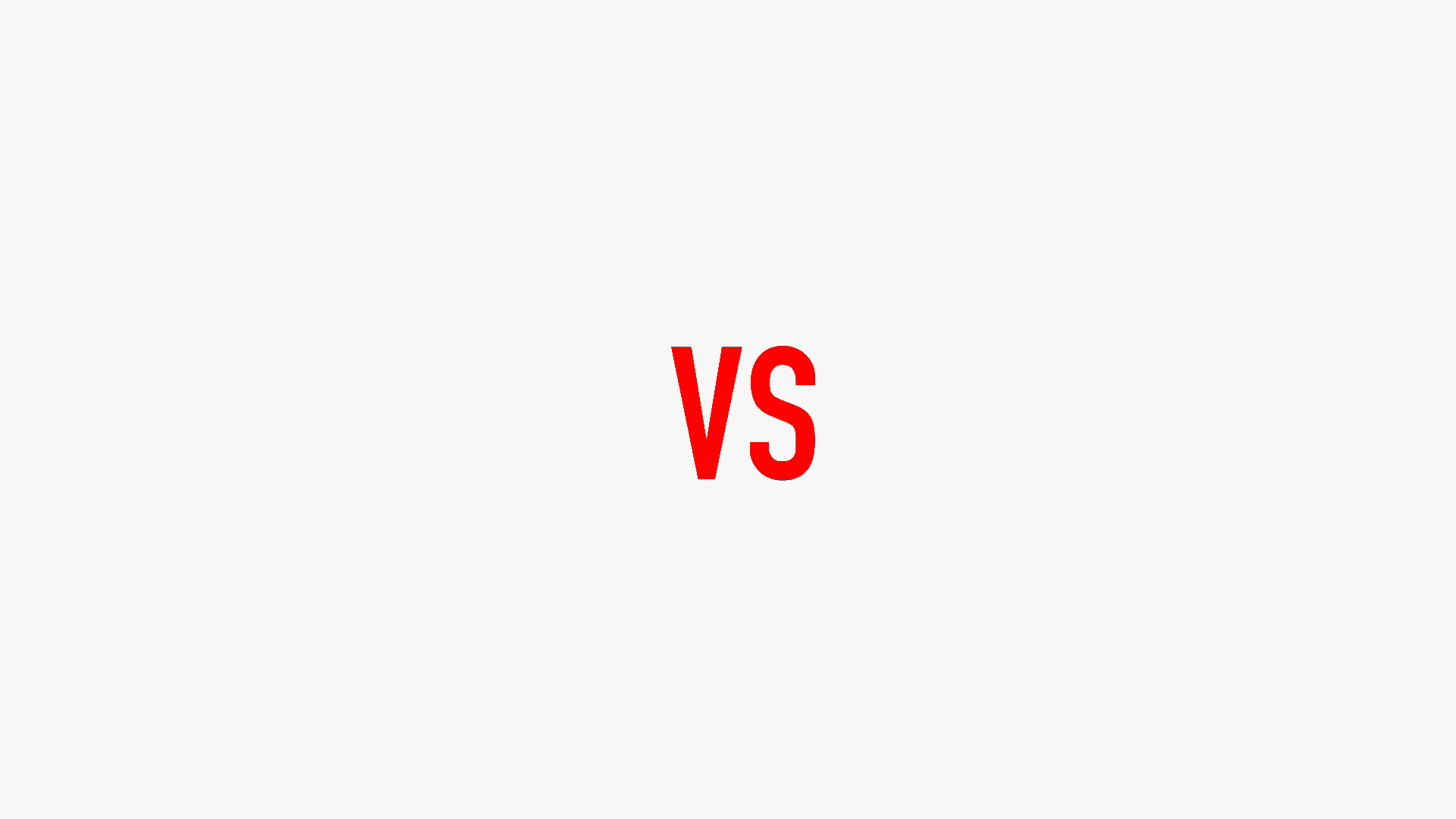
The reason why film photography and digital photography exists is to serve different photographic needs. Digital photography helps the photographer to obtain pictures in low light, and at night. It also helps the photographer to take pictures in dim or dark places, and these can’t be accomplished with film photography as easily. Digital photography works best because digital light is always available everywhere and able to pass through any type of film medium.
Examples Of Medium Format Landscape Film Photographs
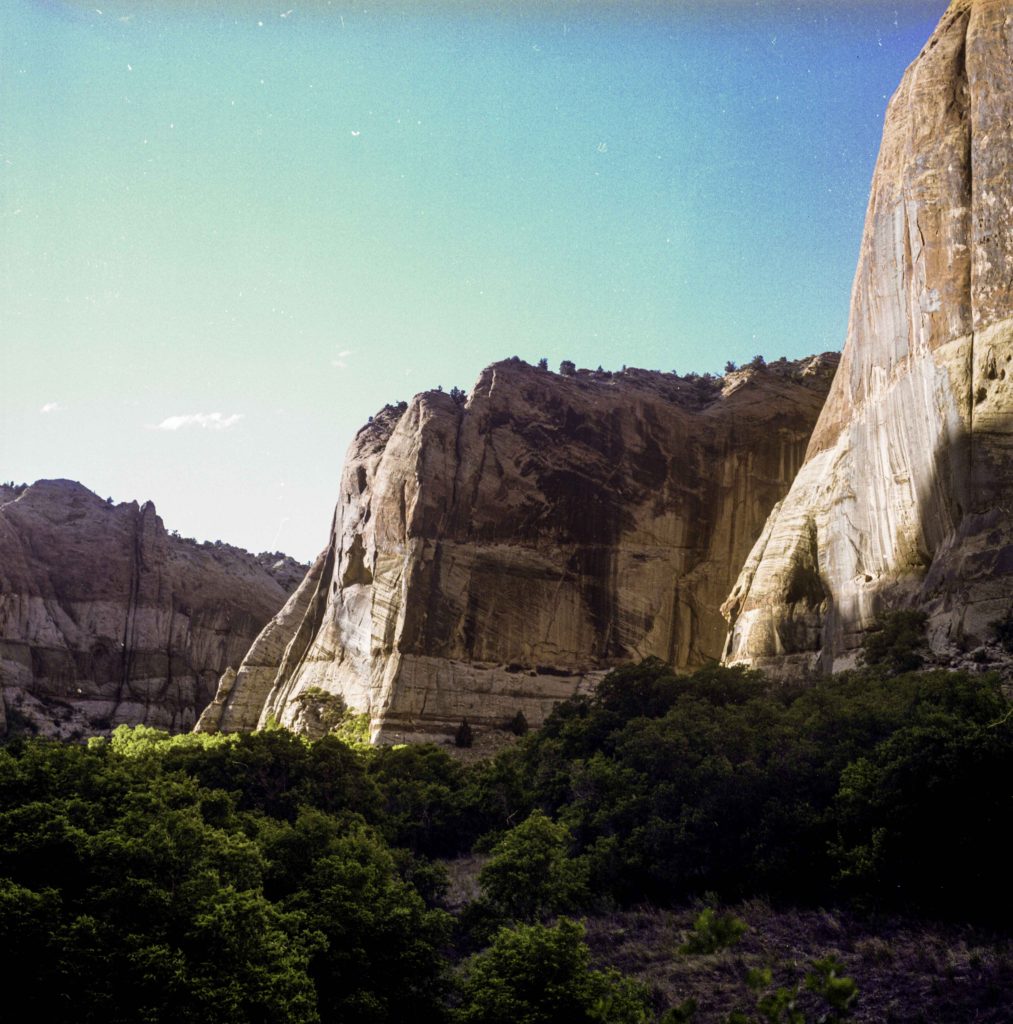
Escalante-2 medium format film
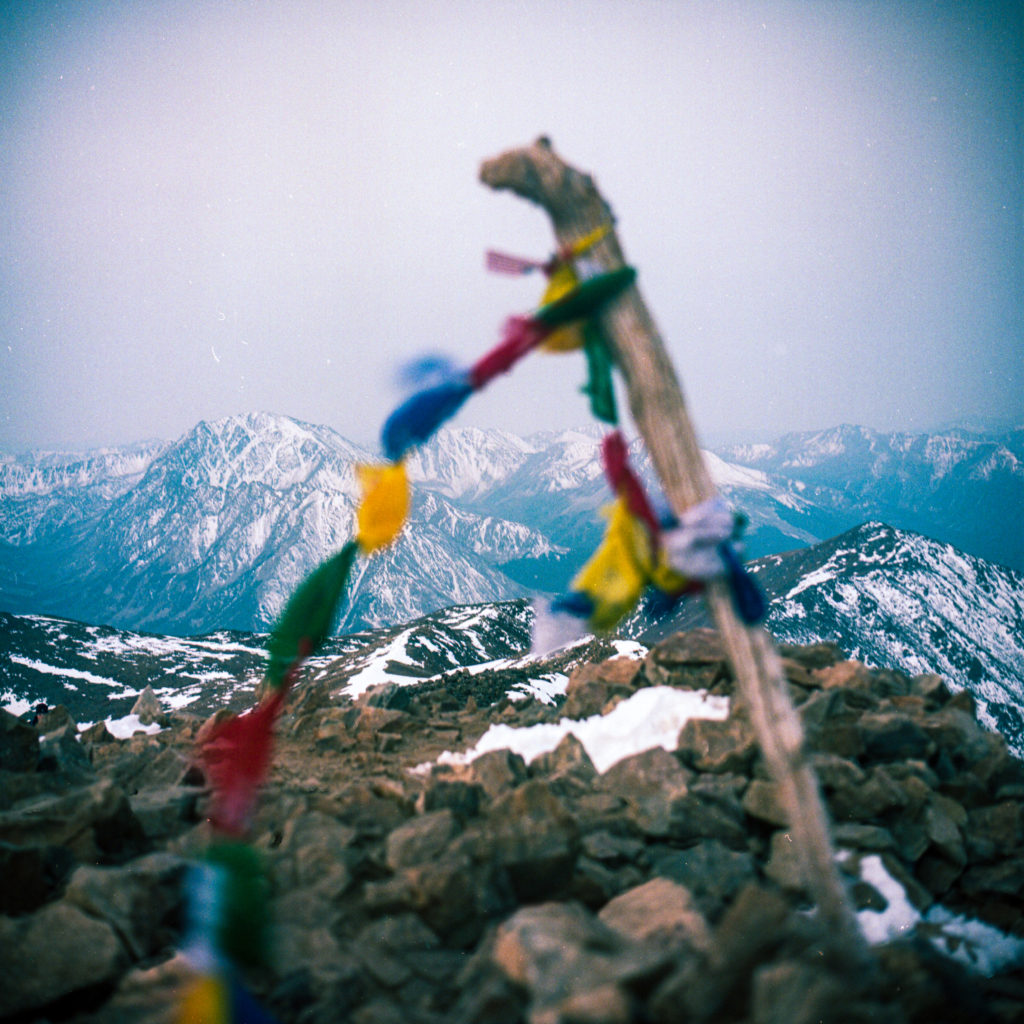
Mount Elbert Summit-medium format ektar 100 film
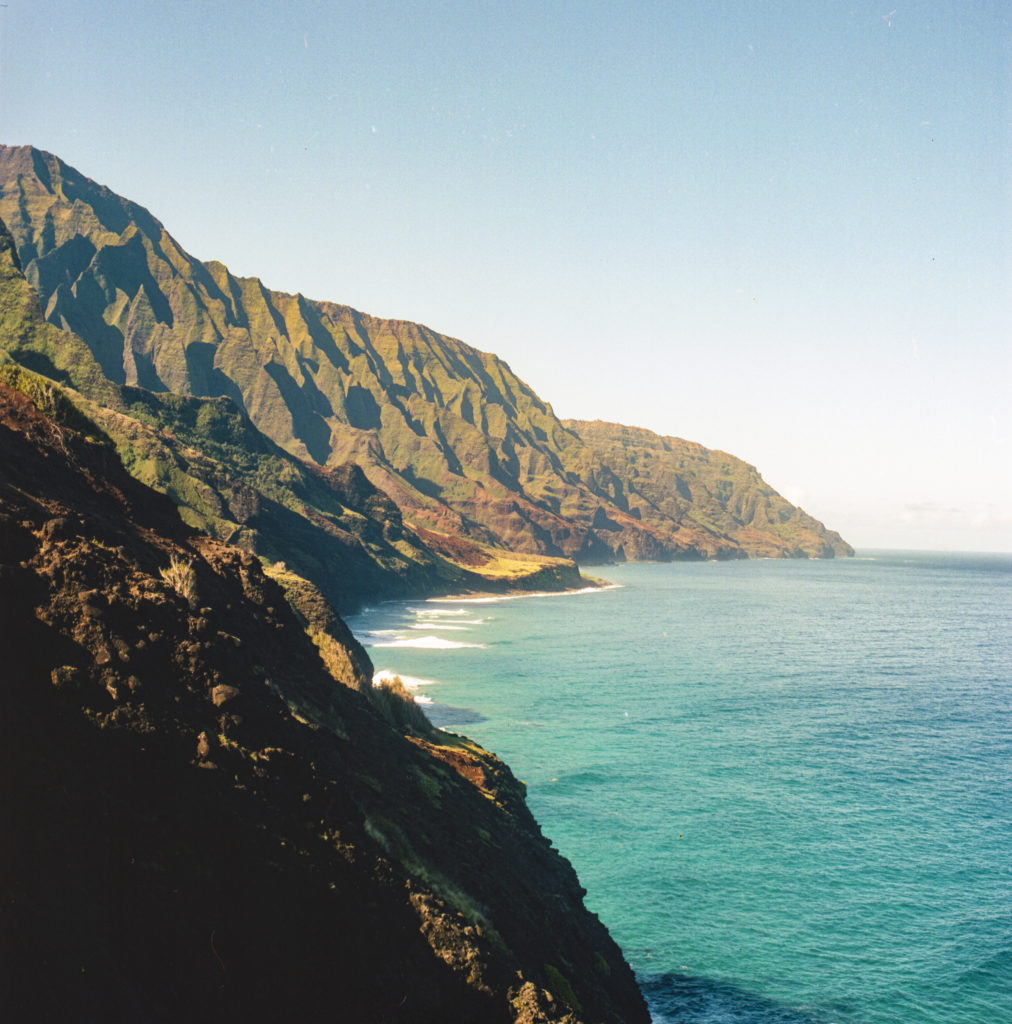
Na Pali Coast Medium Format Film
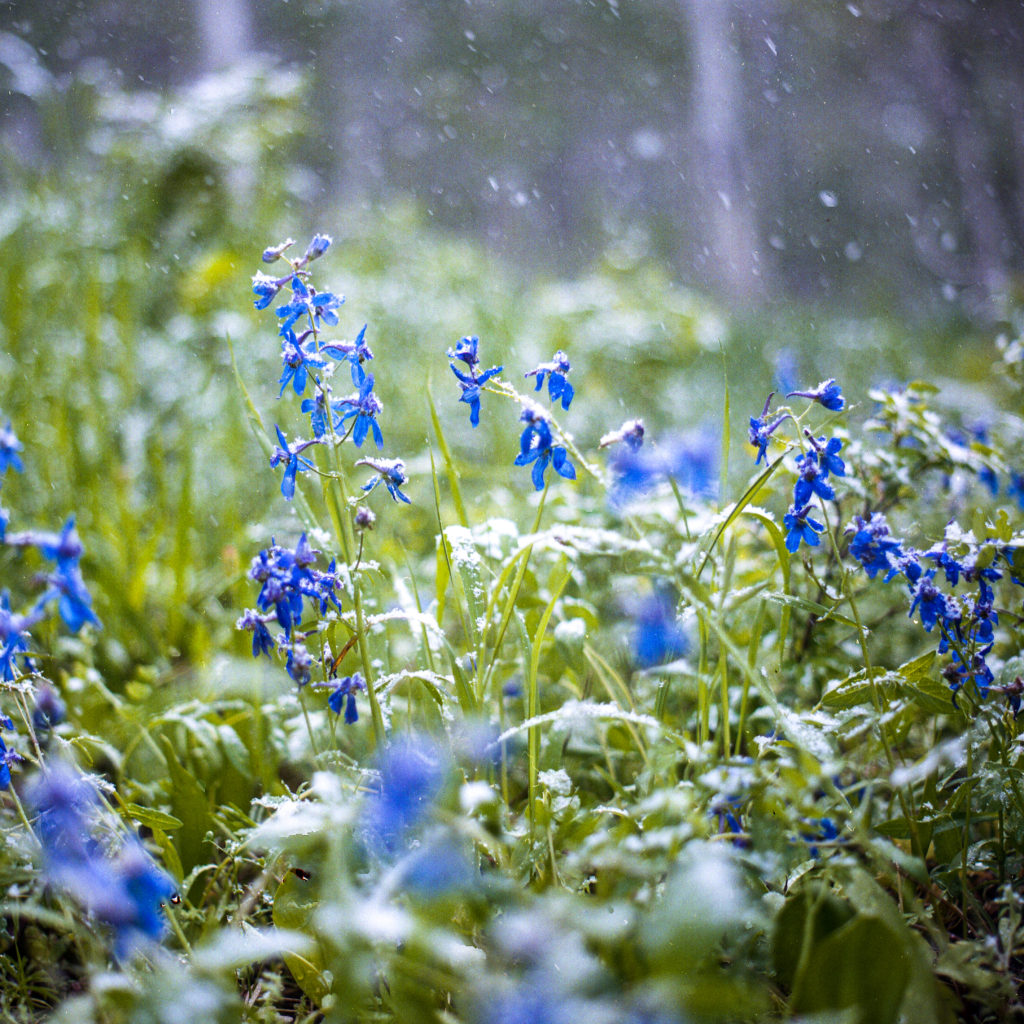
Portra 800 Medium Format Film
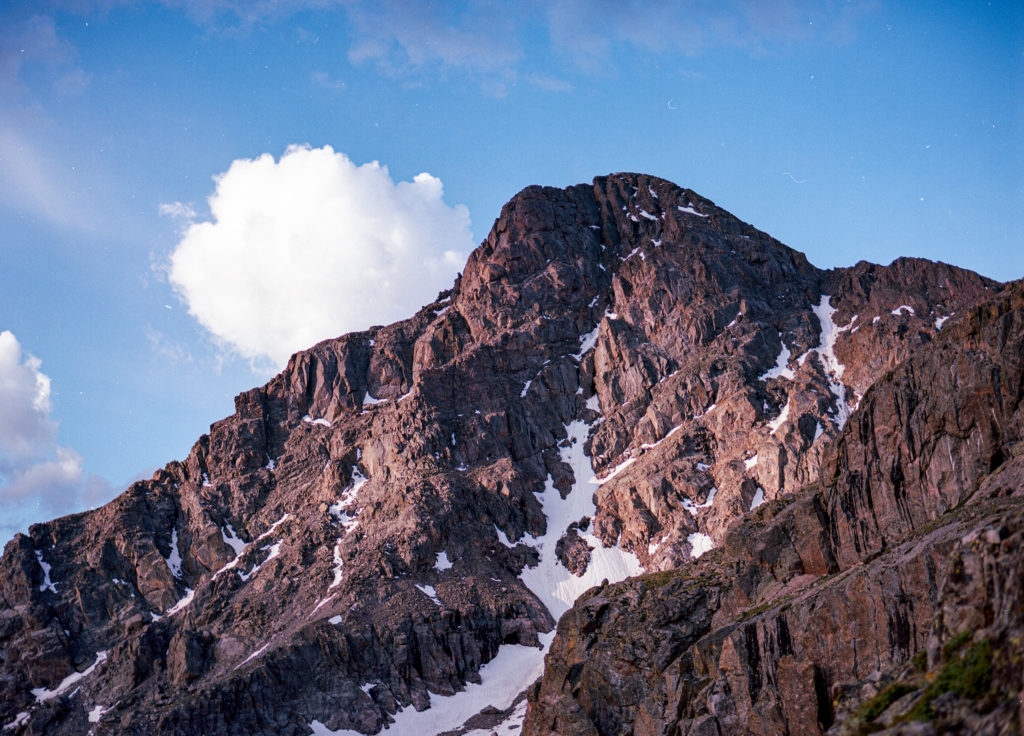
Mount Of The Holy Cross Medium Format Film
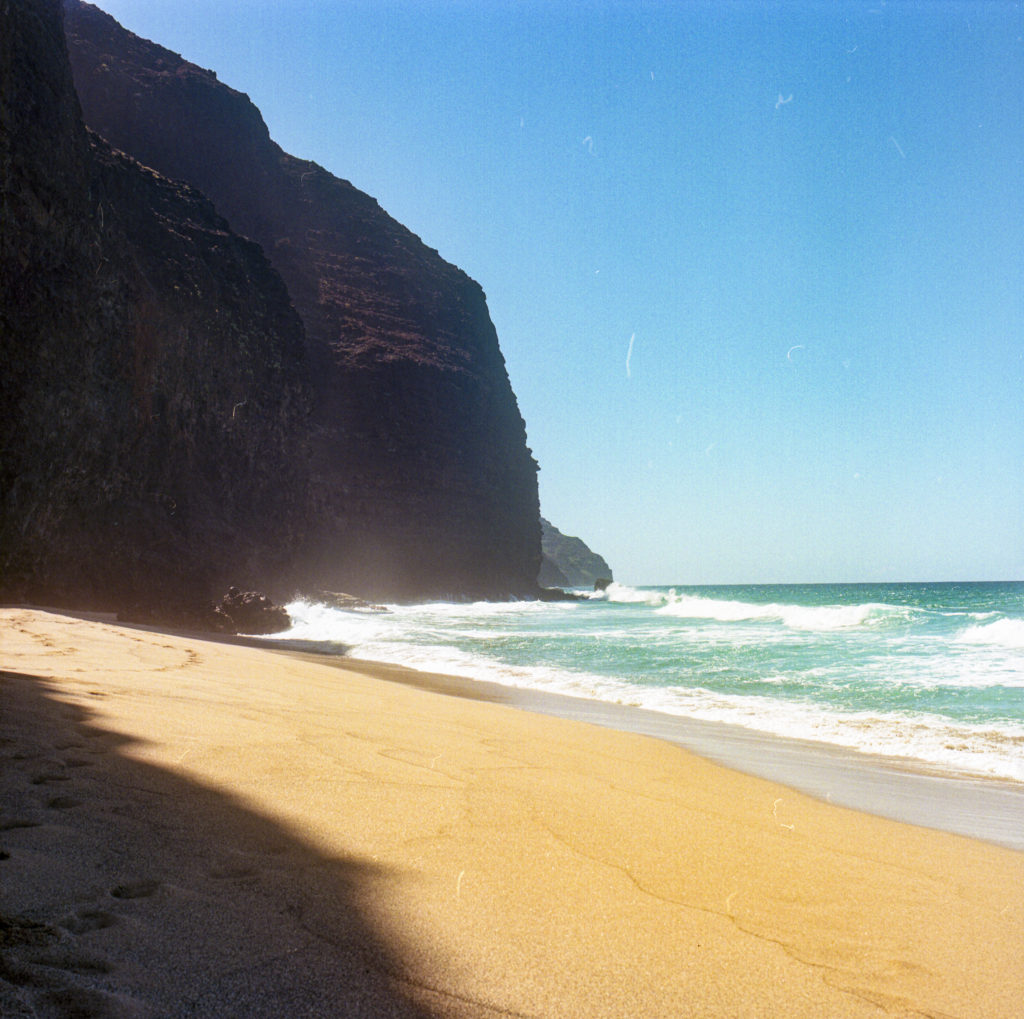
Kalalau Beach Medium Format Film
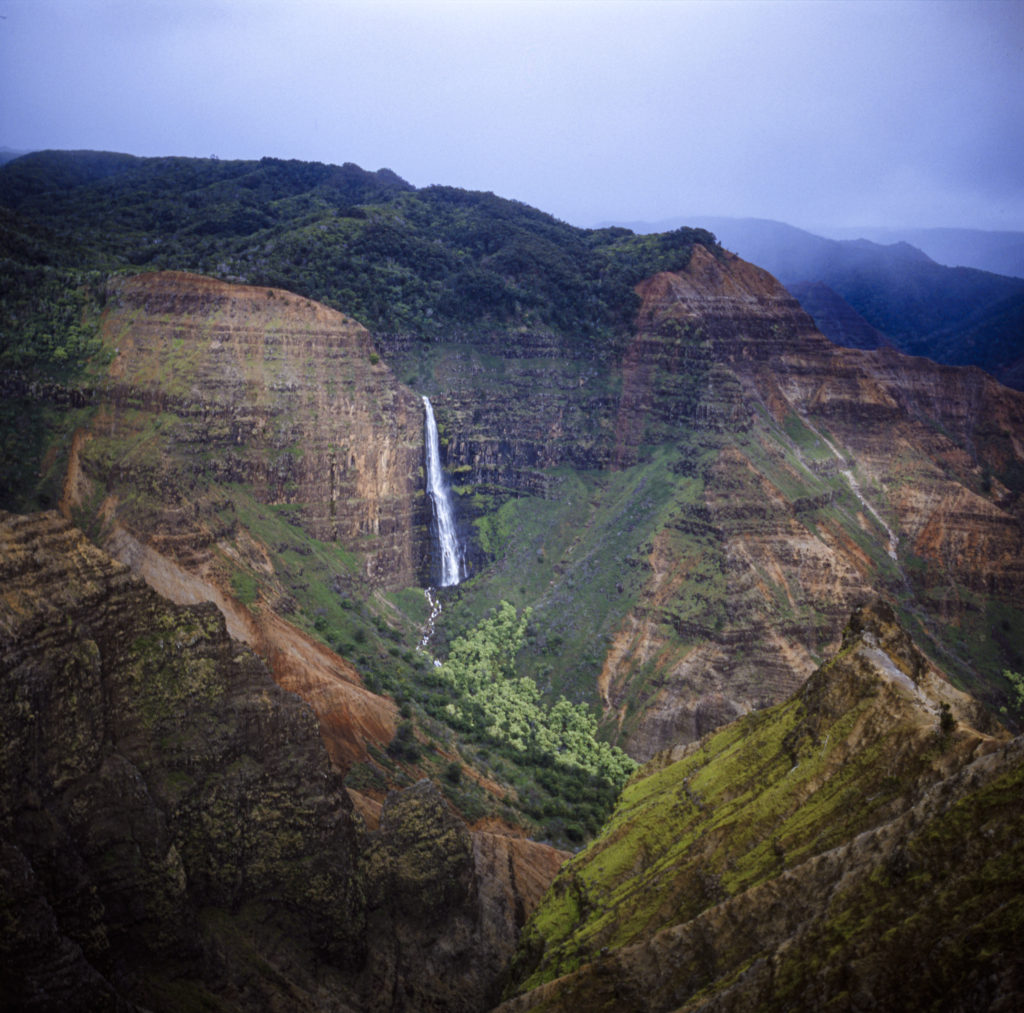
Wayamaya Canyon Medium Format Film
Here is a 35mm film photograph.
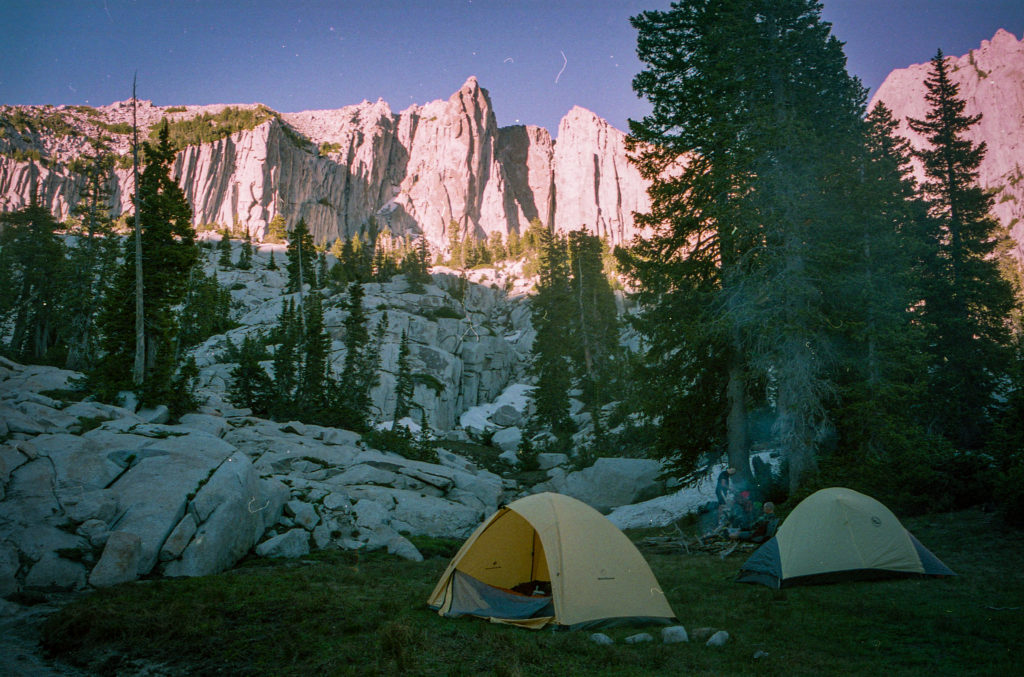
Lone Peak Camp 35mm Film
Click Here To View Landscape Film Photography Gallery, Merch, Prints, And Apparel
However, there are some cases when digital photography surpasses film photography. One example is portrait photography. Most digital cameras have a mode called “automatic” and if you turn it on, it will automatically expose the image for you. This means that, depending on your mood and situation, you can choose which film will be used for which picture. If you are taking a picture of a very dark room, you will use regular film, and if you want to take a picture under the sun, you will put the camera on photo mode and take a photo in that environment.
Another scenario when film photography is superior to digital photography is when the photographer and the subject are relatively close. Even though the camera can detect motion, the photographer may not be able to take a clear and perfect shot. With digital photography, there is no need to worry about losing contact between the subjects. The camera will already detect movement and there is nothing more for the photographer to do. The subjects will have their portraits taken, even if they are a few meters away from the photographer.
There are still some photographers who believe that film photography vs digital photography is correct only if the subject and the surroundings are fairly similar. But many experts have shown that film shots tend to be more detailed and have a better impact on the viewers. Digital photos do not have faces, but they are able to capture various other characteristics of the subjects. For instance, a flower in a photo can have different colors and different blossoms. In real life, flowers usually do not look like that.
Of course, the main reason why digital photos are better than film pictures is also the convenience that they offer. There is no more need to rush and get the perfect photo for the perfect occasion. The photographer just needs to click on his camera and start shooting. There is no rewiring of wires to make it possible for the photographer to capture images with a traditional camera. And the photographer does not need to wait until the film runs out. He can simply press record and have the image at his disposal.
Digital photography does not require a large format camera. There is no need to purchase a huge and heavy SLR. In fact, the smallest digital SLR camera for beginners with a lens. With the lens is small, the photographer can take a lot of photographs with a small amount of film and without worrying about the amount of space he has used.
Having said all of these, both film photography and digital photography have their own advantages and disadvantages. If you are interested in taking professional photographs, then you should definitely consider digital photography as your mode of operation. However, if you are looking to purchase a camera that is relatively easy to use, then consider film photography. With a little bit of practice, both types of photography can be mastered by anyone. For more information on film photography or digital photography, you can visit my photography blog by following the links below.
What Is Film Photography
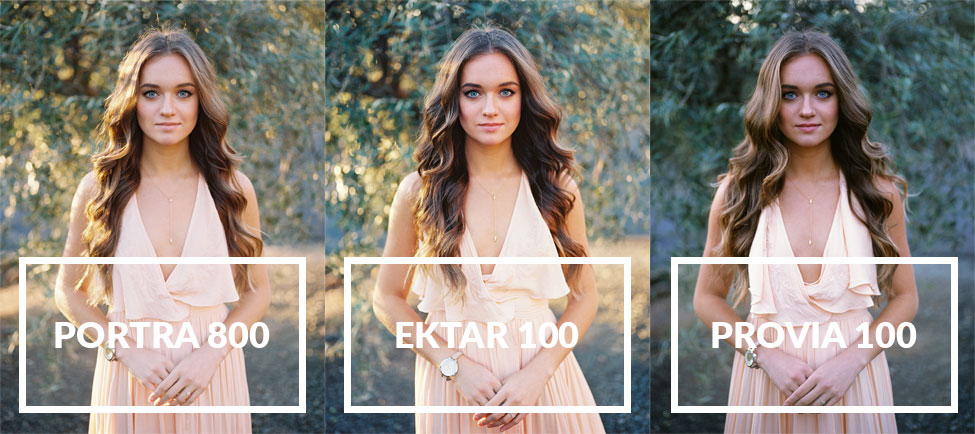
What is film photography? It is a photographic process that has been around for a long time. It is still going strong today, and even though digital cameras have almost completely replaced them, film photography has not lost its popularity. The reason for this is because it is not just a way to take pictures but also one can do creative things with the pictures that he/she takes.
How does film photography work? Before the birth of electronic photography, everything took photos on large sheets of paper. Further back in time, use of metal and glass sheets were also used. These sheets came with a protective layer of some sort, usually a silver halide light source, protected by some kind of gelatin coating. Exposure to such light was controlled by a simple switch or knob, which activated the light in accordance to the demand of the picture at that particular moment.
In more recent years, technology has been developing so fast that film cameras are fast replacing digital cameras. This is why many people ask “What is film photography?” today. Digital photography does provide some wonderful features and benefits, like being able to preview shots and delete them without losing any data, but it loses a lot of quality compared to traditional photography. Traditional photography gets rid of blurring and other common problems associated with using the camera, but digital files preserve every detail in its original form.
To give you a better understanding of what is film photography, let’s take a look at some examples. One popular picture that you may have taken recently in your own home would be your wedding day. Your wedding day is a very special event in your life, and you obviously want to make sure it goes well. This is not an easy task when you consider all of the preparations that need to be made for the wedding day, and this is one of the reasons why traditional photography has been a standard for wedding photos for decades.
Today, however, there are some advanced techniques that enable you to create the same great images from your digital camera that you would from a traditional camera. You don’t need professional equipment, and it is possible to get great results with just your digital camera and your imagination. The following are some tips on how to use a film camera to its full advantage. If you don’t care too much about preserving the image quality of your images, you may want to save a few images to your computer, where you can then bring them into a photo editing program like Photoshop. This will allow you to make little tweaks here and there, perfecting the look and feel of your images.
Of course, if you want the very best results possible from your digital photographs, you’ll need to invest in the best cameras available. Fortunately, you can purchase top of the line digital cameras for a lot less money than they were a few years ago. The days of the big-brand consumer cameras of the past are long gone, and the best cameras are now offered by smaller, independently owned companies. These small companies take great care in their manufacturing and produce some of the most technically advanced cameras ever made. These modern-day cameras have so many new features and functions that even the pros who once shunned digital photography can now take advantage of them.
Something else you’ll want to pay close attention to when you’re looking at the different types of cameras is the type of memory card that comes with it. There are three different types of memory cards that you can buy for your digital camera: the very basic (which usually serves only a single image), the medium size (which holds up to 5 images), and the large size (which holds lots of images). Also, there is the type of flash that you can use – either electronic flash or the kind that use incandescent bulbs, or both. The best kind to use is, of course, the flash that uses the most energy.
Another important feature to look at when you’re shopping for a digital camera is the “live view” feature. This feature allows you to see what the camera sees in real-time, as opposed to simply viewing the camera’s LCD screen. Many film photographers find this feature indispensable, as it allows them to take a photograph even while on the move. Also, many people find that it allows them to see how their photos look when they’ve actually done them, rather than just viewing them on a monitor or printing them out from a digital memory card. Digital photography has come a long way, and you can take great professional photographs with it!
What Is Digital Photography?
What is digital photography? Digital photography definition is simply defined as a type of photography that makes use of digital photo detectors to form an electronically visible image from any source. The images are captured digitally and stored electronically, as computer files ready to be processed. Digital photography differs considerably from traditional photography in many ways. One of those ways is in how it is manipulated.
Traditional photography makes use of film cameras. Film cameras are smaller, cheaper, and much less versatile than digital photography cameras. Additionally, film cameras tend to require complex and time-consuming processes to extract and save images. When digital photography technology was first introduced, the camera needed to be connected to a film-based printer. Film cameras are still quite popular among some photographers.
Today, photographers have many options when it comes to camera types. For example, a photographer can choose a compact camera which means it has a small body and a smaller lens. In addition, some of these smaller cameras have built-in post-processing features such as noise reduction and chroma keying. These post-processing features are usually more expensive and not offered with every camera.
Another type of camera is the one that makes use of both consumer and professional technologies. One example of this type of camera is an SLR (single-lens reflex) camera. This type of camera has many user control options. Some SLR cameras have built-in video capabilities as well.
Digital still photography has also led to the invention of many new digital photography products such as digital film cameras, pocket camcorders, and digital cameras. In the case of digital photography, a photographer only needs to compose a picture by pointing the camera at the target. Since the camera uses a variety of computer chips, the result of the photo can be obtained digitally. Today, some people even use their cell phones to take digital photos and fax them to their workplace or home.
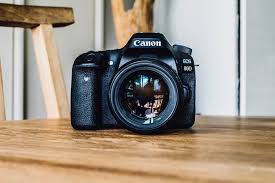
However, not everyone can completely do away with traditional film photography. For instance, some businesses still make use of traditional film cameras because they have a higher cost. As opposed to digital cameras, some experts in the field of editorial photography still make use of film cameras because they require that the image is captured on film and then developed afterward. Even though they have a relatively lower cost compared to digital cameras, some professionals still prefer to have the traditional look of a film camera.
In some cases, there are still a lot of photographers who prefer using digital photography. One of the most common reasons why people still stick to using digital cameras despite the increasing popularity of digital photography is because they don’t want to lose the traditional look that they get from film. In fact, some would argue that film photography loses its charm when pictures are instantly shown on a computer monitor. Another reason for adopting digital photography may be the belief that digital photography offers an endless variety of opportunities for creativity. Some people believe that with the help of a good digital camera, a photographer will be able to capture breathtakingly beautiful shots that can transform their images into works of art.
But the truth is, there are still a lot of photographers who prefer to go back to the traditional ways of capturing images, especially if they are not capable of getting the kind of results that they want. So, it really depends on the photographer as to which technique he or she thinks he or she is more comfortable with. It is true that digital photography has introduced a new way of capturing images, but it doesn’t mean that those techniques are no longer utilized by professional photographers. What’s important is for you to choose the style that best suits your personality and your preferred genre of photographs.
Types of Film Photography
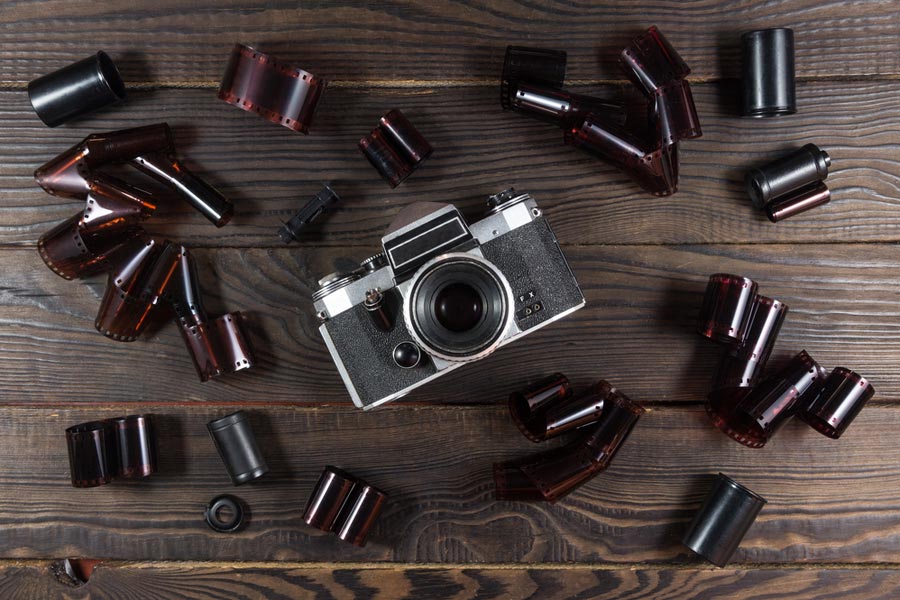
Film photography takes all that away from you and leaves you with only your best film camera to concentrate on taking pictures. But how can you select the best 35mm film camera that you are planning on capturing? What are the essential parts to look for in a good camera? Here is a breakdown of the different types of film cameras and what they have to offer.
Most film cameras today come in either a single-lens reflex (SLR) or an interchangeable lens reflex (Eisenstein, Minolta, Fuji) system. They use different types of film stocks. There are the more common film stocks available such as archival, Fuji Crystal, and Minolta/ Fuji stock. Then there are specialty film stocks such as Fuji Velvia-Lite or Velviaflex. All of these types of film stocks will give you the ability to capture high-quality images with a nice level of resolution.
The first and most popular type of film stock available to photographers is the Kodak Portra. Kodak Portra films come in three variants, and the most popular one is the 400. The 400 is a decent match for most cameras currently on the market. It gives you great color and clarity. If you plan on using your camera on a regular basis you should get a 400. However, if you are just starting out, or you have not yet been using a camera for long enough to evaluate its capabilities, I would highly suggest Ektachrome.
The third option is the Kodak Ektar. This particular film stock was released in 1998, and Kodak did a tremendous job improving the image quality of this film stock. Most consumers agree that Kodak Ektar is the best compact type available on the market. It is able to provide the same amount of sharpness and resolution as the Fuji Type Portra, while also giving photographers more flexibility when it comes to focusing.
The last type of film stock that I will discuss today is the Kodak Portra 800. The Portra 800 has similar picture quality to the Fuji Type Portra, but the price is slightly higher. The Portra 800 is available in four flavors, including Speedlight, ultra-light, standard, and super-speed. Many consumers find that the Portra 800 provides them with the maximum amount of flexibility when it comes to working with their camera and their photography techniques.
The last option I will discuss today is the Kodak Ektar. The Ektar is another highly popular and high-quality compact size film stock. The Ektar is the type of film that is most commonly available online. The reason that many consumers purchase the Ektar online is because of the fact that there is no additional processing or delivery costs associated with the ordering process. When purchasing the film online, you are able to examine the images in person, at your leisure. As with the Minolta and Fuji Type Portra, the Ektar offers excellent picture quality.
After reviewing all four types of film stock that is available for professional photographers, the final choice will be up to you. There is a very good chance that you have a favorite style or subject matter. If so, the choice is yours to make. No matter which type of film camera that you decide on, you are sure to have a great experience every time that you take your next shot.
Photography Jobs – Capture The Imagination
Do you think there is just one kind of photography available? Nope. There are definitely lots of different kinds of photography available in the marketplace with different equipment, different subject matter, and even different techniques. Some photographers like to stretch their skills by expanding their portfolio and developing multiple types of photography in conjunction with each other while others specialize in perfecting a certain style over…
Food Photography – If you enjoy taking pictures of delicious food, you can turn that into a profitable business. Just because you don’t offer weddings or formal events doesn’t mean you can’t make a living doing this kind of photography. In fact, there are entire companies dedicated to offering food photography services. You can even find freelance work for weddings, reunions, fundraisers, and product photography. Combine your love of eating with your talent for taking great shots of tasty foods and you can have a profitable career.
Landscape Photography – If you’re more of an urban or cultural photographer, a career in landscape photography could be an excellent choice. As a landscape photographer, you can capture both the natural beauty of a location and the cultural aspects of the area as well. This type of photographer can create beautiful images from any location around the globe. If you aren’t originally from the area you are trying to capture, be sure to learn about the different climates and locales the area is known for. It may sound difficult, but it really isn’t as hard as you may think.
Aerial Photography – This type of photographer specializes in taking photographs using the structure of the sky and the terrain above. Some of the most popular areas you can study include cityscapes, seascapes, portraits, and panoramic views. As with most things, if you learn how to use the equipment available to you, the sky is the limit. A good example of this is using an airplane to photograph an enormous landmark. While there are some constraints of aerial photography, you will still be able to take beautiful pictures of the landscape.
Fashion Photography – It doesn’t matter if you are taking fashion photos as yourself or as a part of another profession, the subject matter will always fall into the realm of lifestyle photography. Whether you are documenting the daily lives of teenagers in their environments or you are photographing a fashion show, there will always be a subject matter that falls into this genre. For example, if you are photographing teenage girls going to high school, you will need to learn about the fashion and teenage girls of this era. There will always be a way to incorporate your topic into your photography without being deemed overbearing.
Wedding Photography – This one falls in between the lifestyle and fashion categories. Couples will often have an arrangement where the photographer gets to take the pictures at the actual ceremony, and the couple later has the photographer take the shots at their reception. Many photographers feel that this makes the wedding more memorable for the couple and also allows them to create a unique memory for their wedding guests.
When it comes to the subject matter, there are a wide variety of possibilities. Still, life and portrait photography are two very popular different types of photography. Still, life shots are of everyday objects. Portraits are of people. You can even place the subjects in different positions and have the camera work to create a moving piece of art.
These are just a few of the different types of photography that can be accomplished by a photographer. If you have a love of the outdoors, there are many opportunities in which to capture nature in all its glory. Nature photographers are in high demand as people want to see nature in all of its glory. Even still life and portrait photography can take place in a field or natural setting. No matter what type of photographer you are, there are photography jobs available to suit your needs.

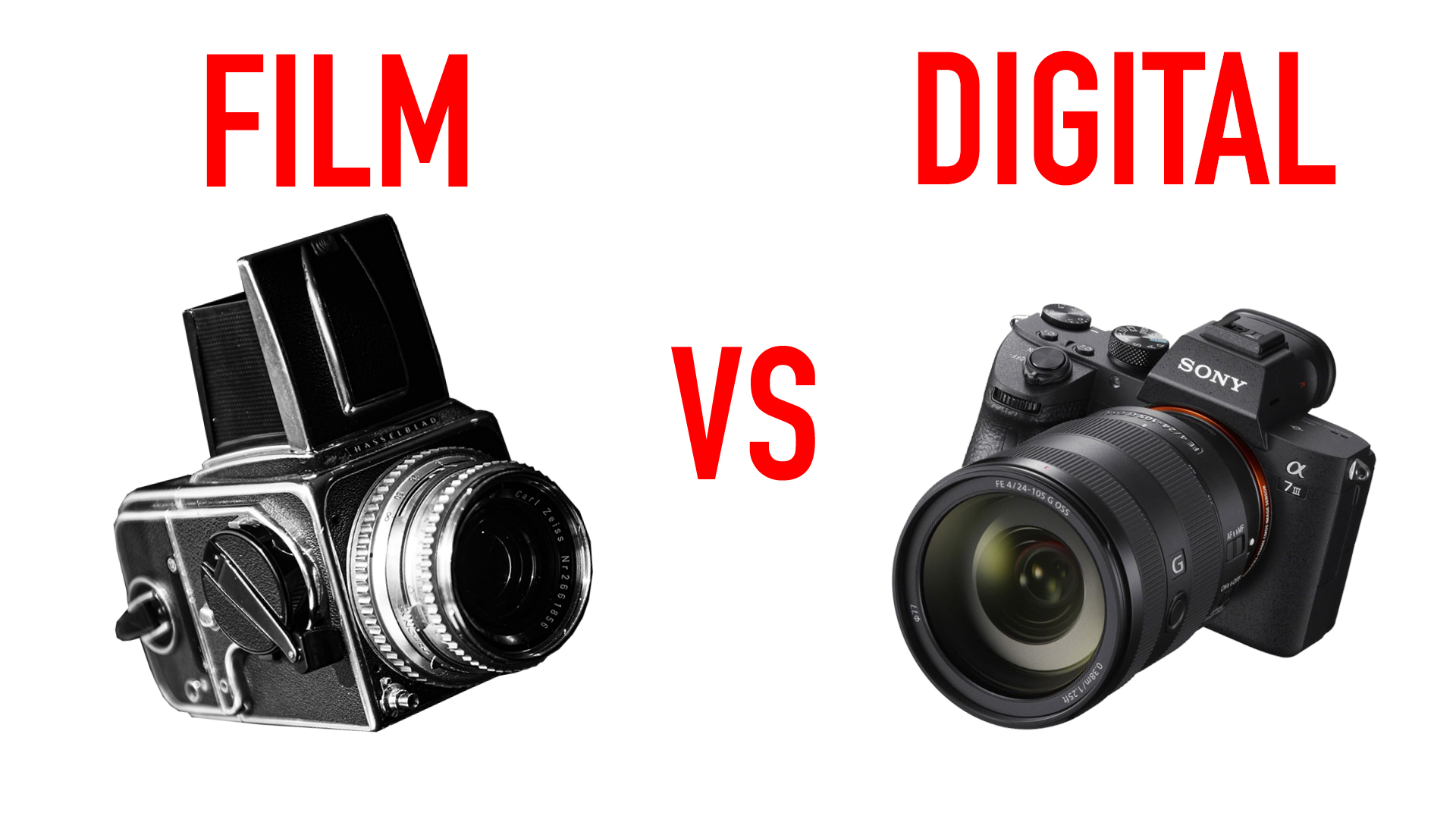
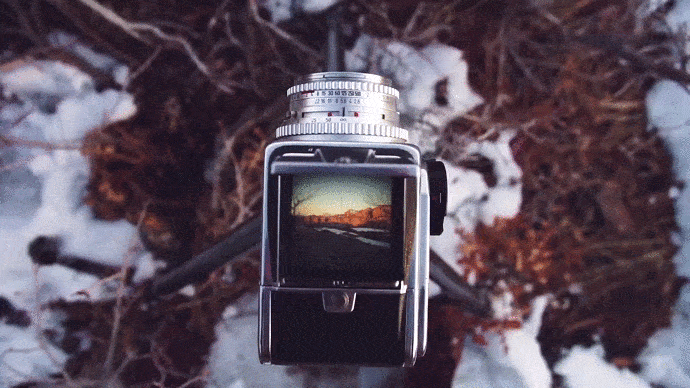
0 Comments
Trackbacks/Pingbacks